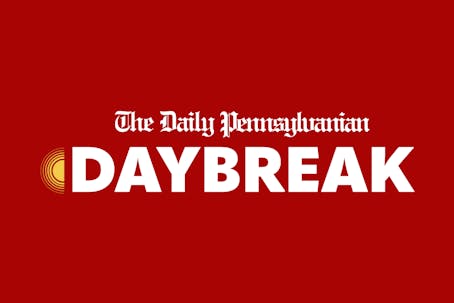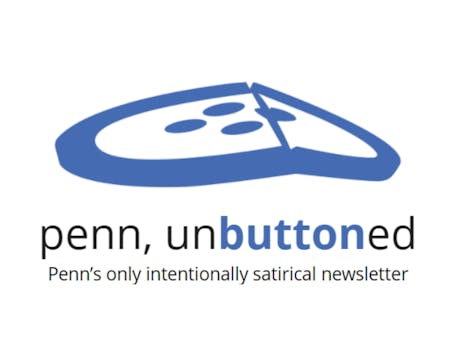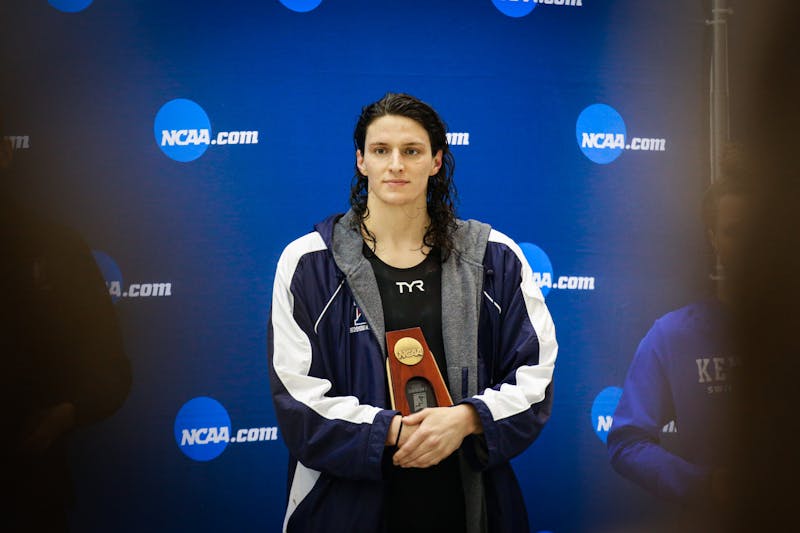Penn was one of the only Ivy League schools to see an increase in student applications. St. Paul's High School '97 West Barnstable, Mass. Admission to the University was more selective this year than ever before. Of the 16,651 students who submitted applications, an all-time high, only 4,837 were offered spots in the Class of 2002, an acceptance rate of just 29 percent, according to Admissions Dean Lee Stetson. Last year, by contrast, 31 percent of applicants were admitted to the Class of 2002. In 1996, the admission rate was 30 percent; in 1995, 33 percent. While the Penn Admissions office saw increased application numbers this year, applications to five other Ivy League schools declined or remained steady. Columbia University, the only Ivy League school to see a greater increase in applications than Penn, reported a 9.8 percent increase in applications, compared to Penn's 7.5 percent jump. Columbia also became the third most selective in the Ivies this year, admitting only 14.2 percent of its applicants. Harvard and Princeton universities were still the most selective schools in the Ivy League, with admission rates of 12.3 percent and 13.1 percent, respectively. The only other member of the Ivy League to see a sizeable increase in applications was Brown University. Assistant Coordinator of Admissions Julie Bengochea said in February that the Providence, R.I., school received 15,450 applications this year, up approximately 4 percent from the 14,900 received last year. Although Penn's 29 percent acceptance rate was the second-highest in the Ivy League this year, Penn also had the second-highest increase in selectivity across the Ivies, accepting two percentage points fewer of its applicants than it did last year. Those accepted to Penn's Class of 2002 are very well prepared academically, according to Stetson. He said the average SAT I score went up 18 points, from 1,383 last year to 1,401 this year. Broken down, the average verbal score increased to 689 from 680 and the average math score went up to 712 from 703. And the average admitted student is in the top two percent of his or her graduating class, compared to the top three percent last year. Of those offered admission, 581 graduated as valedictorians and 227 as salutorians. Stetson also noted that of those whom the Admissions Office rejected, 45 percent were in the top 10 percent of their respective class and 298 are expected to graduate with valedictory status and 210 as salutorians. "We are heartened by the excellent quality of the class," Stetson said. "The students bring a lot of diversity, and if our [matriculation rate] holds up, which I think it will, we will have an exceptional Class of 2002." The Admissions Office said they do not yet have a final number of matriculants for next year. Despite the May 1 deadline by which accepted students are expected to notify colleges of their decision to matriculate, the Admissions Office said several extensions had been granted to those students waiting to hear about financial aid decisions. The record-breaking number of applicants this year was an eight percent increase from last year. And the Admissions office was also more selective in its early-admissions process, accepting only 37 percent of early applicants, down from 44 percent in 1997. About one-third of the total applicants admitted were accepted early, Stetson said. In addition, the accepted pool of applicants is geographically diverse, according to Stetson, who said 486 students, or about 10 percent of those admitted, hail from foreign countries. This figure beats out the previous high of 472 international acceptances in 1996. Overall, students accepted to the Class of 2002 represent six continents and 75 countries. Domestically, Stetson also reported all-time highs of acceptances from at least seven different states. Overall, 19 percent of those accepted hail from western states; 10 percent from the Midwest; and 60 percent from the Atlantic coast. Of the 198 Philadelphia residents accepted, 51 students were named Mayor's Scholars. The 34 Mayor's Scholars in the Class of 2001 received an average of $20,633 in need-based financial aid, mainly in grants, from Penn. In terms of ethnic diversity, the Class of 2002 should end up relatively similar to the Class of 2001. Forty percent of those accepted are students of color, the same as last year. Of those students offered admission, 373 are black, as opposed to the 398 accepted last year; 292 Latino applicants were accepted, compared with 310 last year; 1,258 Asian Americans, 37 more than last year; and 13 Native Americans, four fewer than in 1997. Despite the small decreases in several minority groups, Stetson stressed that the numbers should be consistent with last year's after students are accepted off the waiting list. Women comprise about half of those admitted to the Class of 2002, as 2,412, or about 49.9 percent, are female. And alumni influence has remained steady, as eight percent of those accepted are legacies, about the same as last year.
The Daily Pennsylvanian is an independent, student-run newspaper. Please consider making a donation to support the coverage that shapes the University. Your generosity ensures a future of strong journalism at Penn.
DonatePlease note All comments are eligible for publication in The Daily Pennsylvanian.







